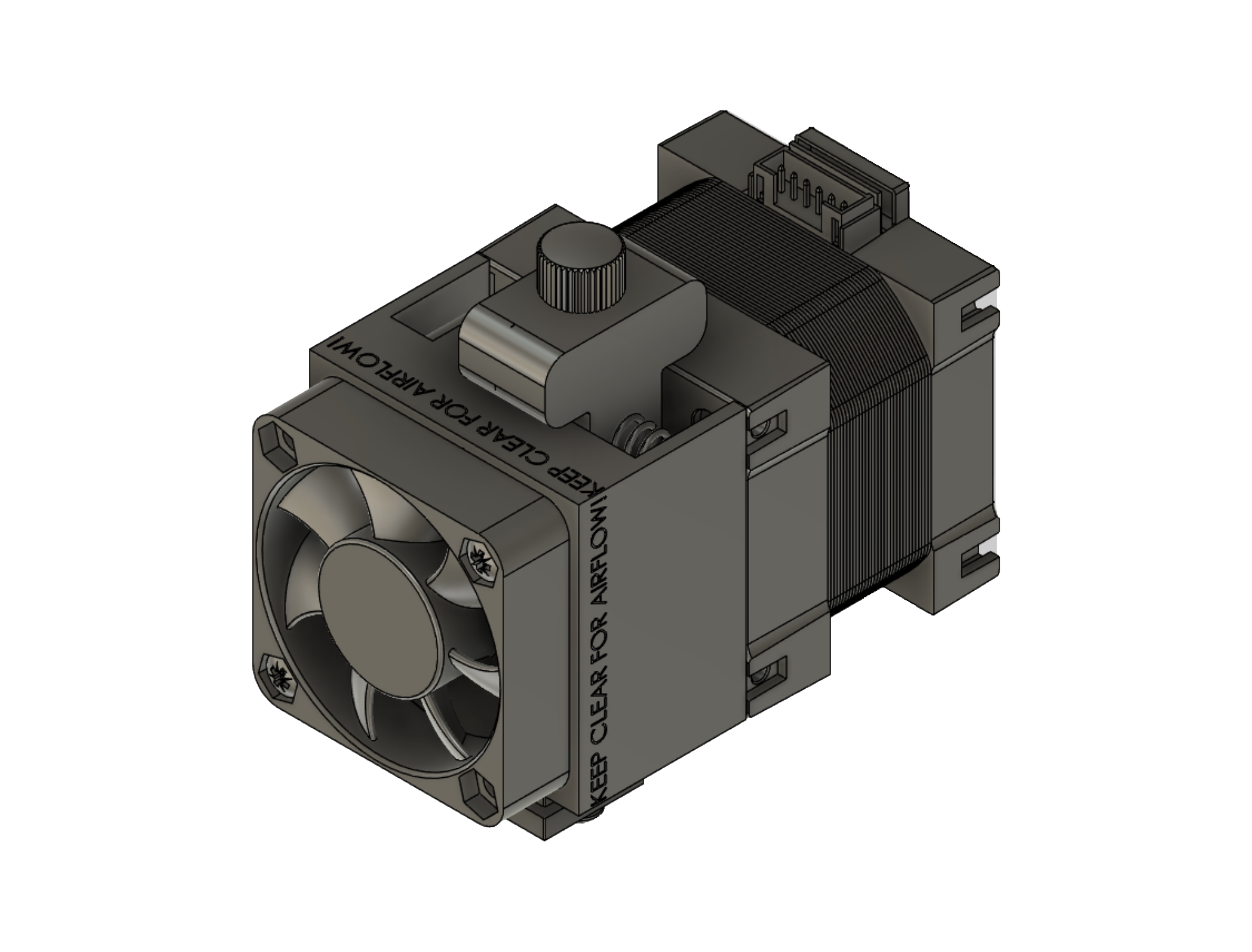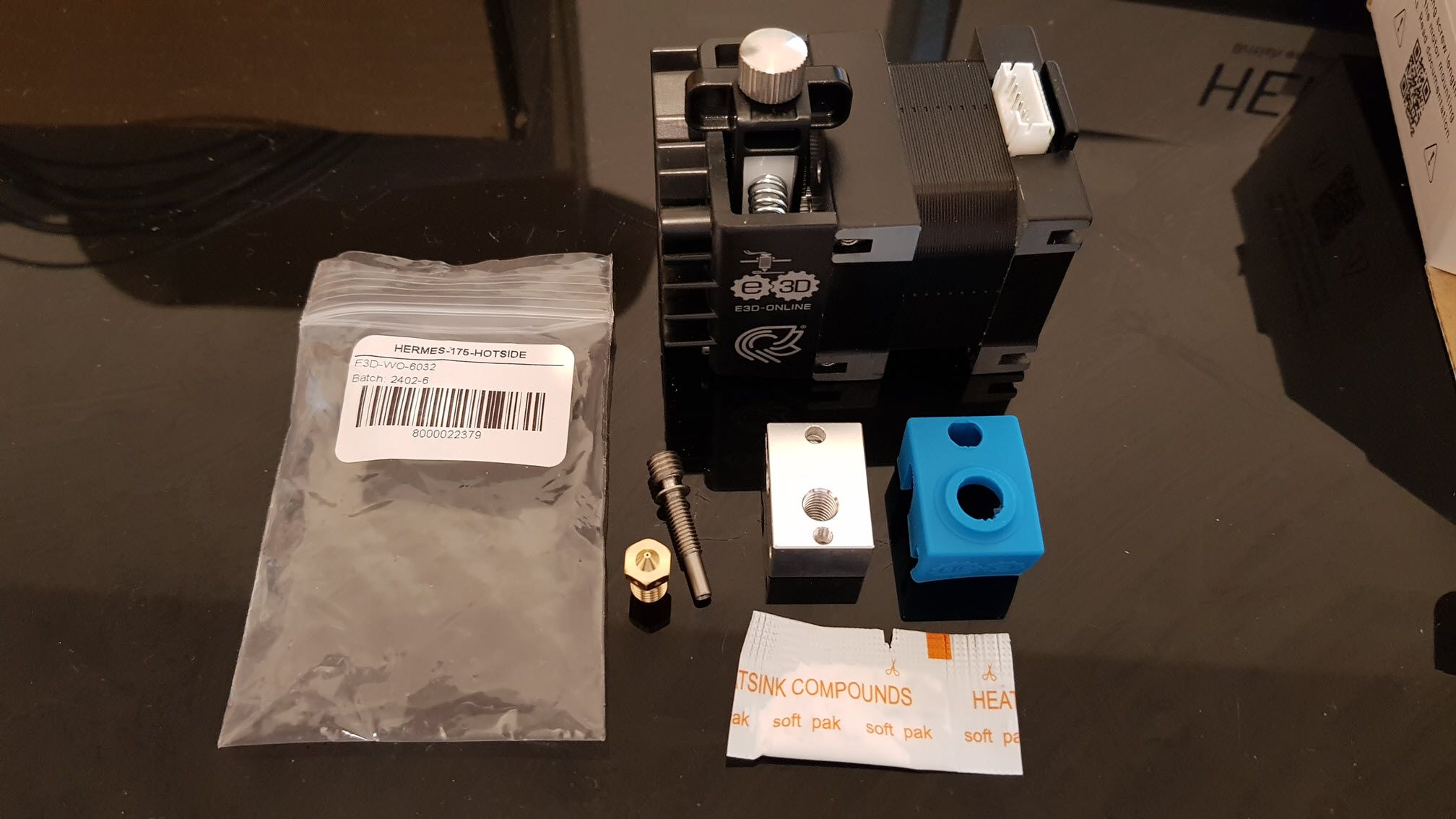

On the bottom of your screen, click Simple Mode.
#Hemera e steps how to
Here’s how to change the extruder Esteps using Simplif圓D: This way, if you set your extruder’s steps per mm to -1, your nozzle will move forward one millimeter for every millimeter of filament retracted. One of the benefits of setting up Simplif圓D or Cura is that you can change all of your extruder’s settings from within these programs.Ī useful option in either program allows you to set the extruder’s steps per unit to a negative value. If none of these suggestions resolves your issue, then something may be wrong with your hotend or extruder, and it may be a good idea to replace your stepper motor. Repeat steps 1-4 until you have the correct amount of filament being extruded from your hotend.If your filament is extruding too much, then either turn your E-steps up or calibrate Simplif圓D by turning your feed rate up until you get the right amount of filament extrusion.If your printer is extruding an inadequate amount, then either turn your E-steps down or calibrate Simplif圓D or Cura by turning your feed rate down until you get a more appropriate amount of filament extruded.Measure the filament that is being extruded out of your hotend.Load your printer with the filament you need to use.If this is the case and you need to calibrate your extrusion, follow these steps: The latter problem can result from several factors, such as incorrect settings in Cura or Simplify 3D, a problem with your hotend, or simply because you previously printed something slightly larger in volume than the part you’re trying to print now. Sometimes, your stepper motor may move in the wrong direction due to extruding too much or little filament. This way, any other issues that could cause movement in the wrong direction will be resolved as well. To resolve this issue, you can switch the plug at both ends of the wire for either end of your printer’s cord or power supply. When the plug on your stepper motor is plugged in backward, it’ll move your extruder in the opposite direction. Reverse the PlugĪnother common reason your extruder motors may be moving in the wrong direction is that your stepper motors just have their plugs switched. Ensure you do at least one of them, though. Note: You can skip either step 2 or 3 in most cases. Your stepper motor should now be moving in the right direction, meaning that you’ve successfully reversed its wiring! Switch the green wire with the yellow wire.Switch the red wire with the blue wire.To reverse the wiring on a typical stepper motor, do the following: If this is the case, you’ll need to ensure that all of your motor wires are connected properly. One of the most common reasons an extruder motor moves in the wrong direction is that one or more of its standard wires have been reversed.

Keep reading for more details on each method of reversing your stepper motor’s direction. Change the Esteps to a negative number.Here are a few ways to reverse the direction of an extruder motor:

In some cases, the extruder motors may move in the wrong direction, resulting in frustrating “air prints.” It can be difficult to diagnose the issue if you don’t know what’s causing it. If you have a 3D printer, you’ve likely experienced an extruder jam or skipped steps.


 0 kommentar(er)
0 kommentar(er)
